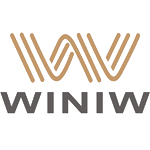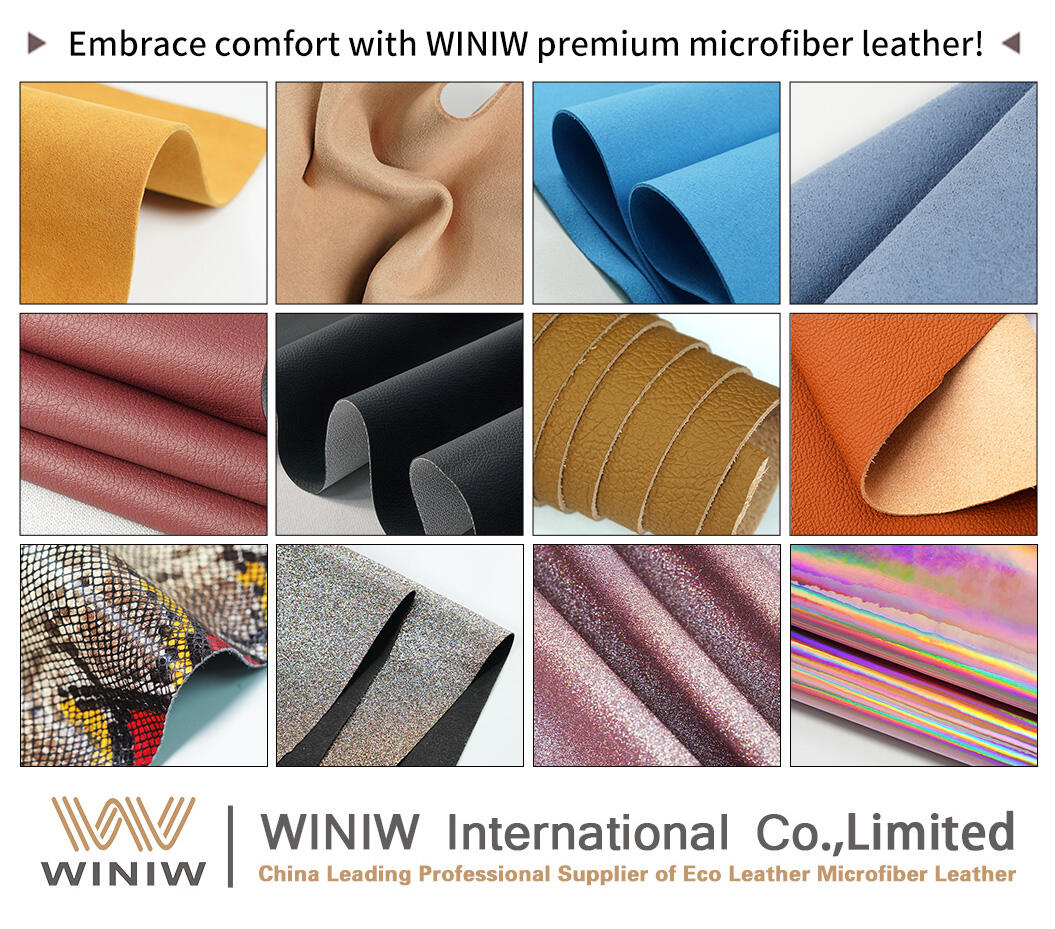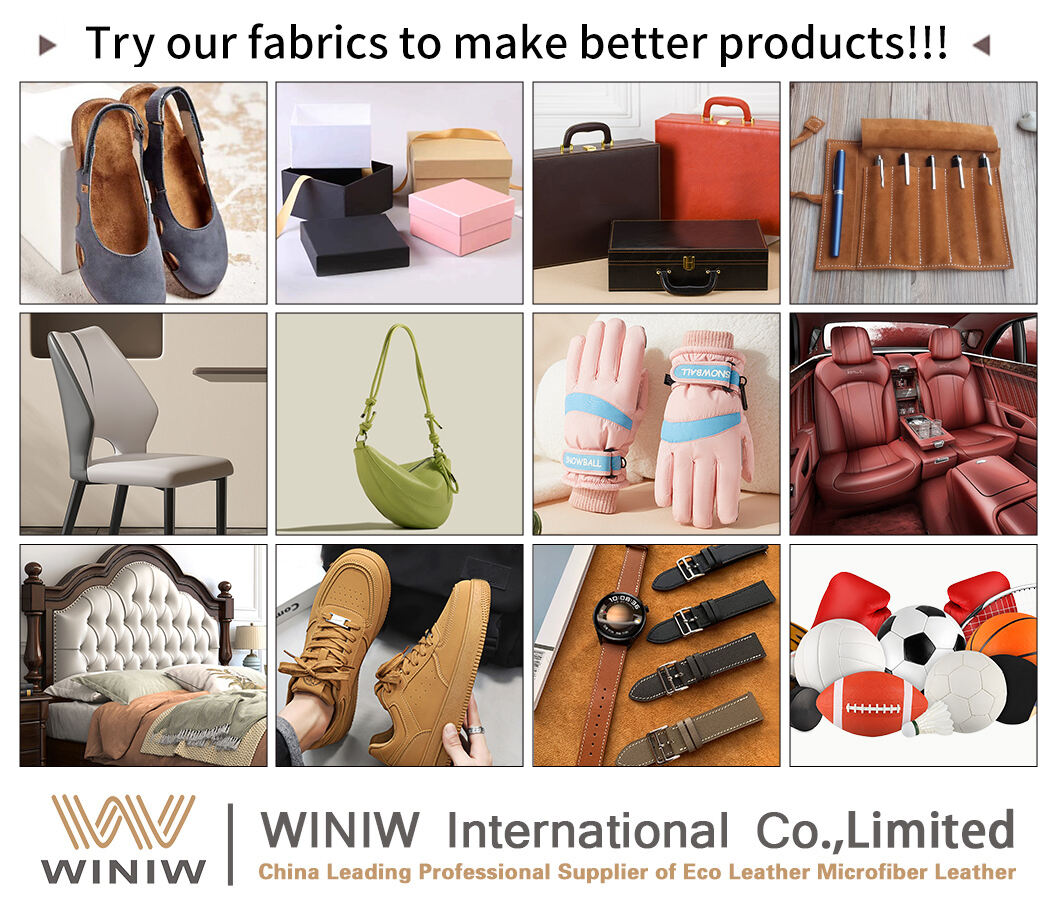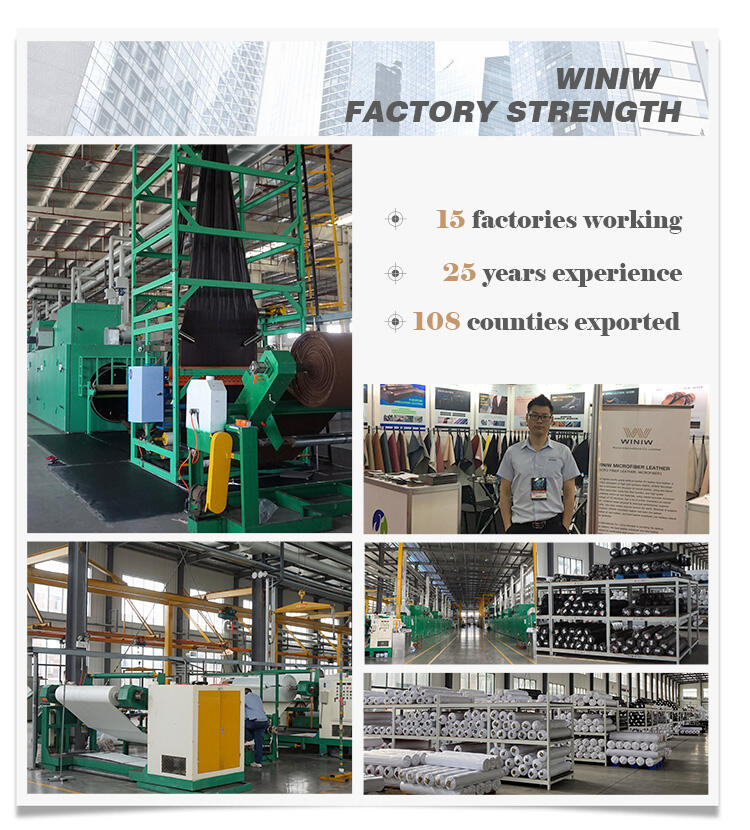The sintetik deri endustrisində son illərdə növbətən dəyişikliklər yaşayib, məhdud riyaziyyatdan keçib, daha böyük tekstil və materiallar sahəsində əhəmiyyətli bir hissəyə çevrilib. Texnologiyada inkişaf, çevrə məsələləri və təcrübələrin dəyişikliyi ilə sənayə indi yeniliklərlə, sürdüliyi ilə və müxtəlif tətbiqlərlə xarakterizə olunur. İnsanlıq dəriyinin misalı saqinə daxil olmaqla onun növləri, faydaları, sənaye tendensiyaları və dizayn və istehsalın gələcəyini formasıya etməkdəki rolunu araşdırıq.
İnsanlıq Dəriyinin Növləri
İnsanlıq dəriyi, sintetik dəri və ya yalan dəri kimi tanınır və asılı dərinin görünüşünü, hissini və funksionallığını bənzətdən geniş materiallar siyahısını əhatə edir. Əsas növlər aşağıdakılardır:
-
Poliüretan (PU) Deri : Ən məşhur növlerindən biri, PU derisi poliüretan tabakası ilə örtülmüş bir qatı temelindən ibarətdir. Bu, onu müxtəlif tətbiqlər üçün çoxsaylı tekstür, rəng və bitişlərlə ehtiva edir.
-
Polivinil Klorid (PVC) Derisi : Dayanıqlığı və suya qarşı məhv olunmaz xüsusiyyətləri ilə tanınan PVC derisi, keçidlər daxili dəstgahları və avtomobil daxilləri kimi istifadə edilir. Amma PVC-nin istehsalı və atırıcıqda çevrəviorta ilə bağlı problemləri səbəbindən populyarlığı azalıb.
-
Mikrovoloknovaya Koža : Əvvəllərdən danışıldığı kimi, mikrovolokna derisi poliester və PU voloknalarını birləşdirib, asli deri görünüşünü və məssəsini yaxşı şəkildə imitasiya edən, miqyaslı, yoğun örülmüş material alınır. Onun çevikliyi və üstünlüyündən gəlir ki, bu variant çox istənilən olub.
-
Plether (Poly Deri) : Plastik əsaslı her hansı bir qazmaq dəstəyi yerinə yetirici üçün ümumi addır, pleather PVC və PU da daxildir. Bu, moda aksesuarlarında, möbilyada və avtomobil kaplama maddələrində çox istifadə olunur.
Faydalar sintetik deri
Qazmaq dəstəyinin sahtə nümayişçiləri asli qazmaqdan bir neçə böyük fayda təqdim edir:
-
İqtisadi : Sintetik materiallar tipik olaraq daha ucuzdur, bu da sahtə qazmaqın daha geniş müştəri bazasına girişi imkan verir.
-
Çeşitlilik : İstehsalçılar müxtəlif rəng, tekstur və bitişlər yarada bilərlər, bu da müxtəlif dizayn stil və tətbiqlərə uyğunlaşdırılır.
-
Dayanıqlılıq : Bir çox sahtə qazmaq maddələri istifadə və çeviklikə qarşı yüksək dərəcədə dayanıqlıdır və uzun müddətli işləyirlər.
-
Ekoloji Təmiz Seçimlər : Ekoloji-şuğullu müştərilərin artması ilə sənayə, mikrovlakandalardan ibarət kimi sürdürüləbilir sahtə qazmaq nümayişçilərini artıq daha çox istehsal edir, bu da çevrəvi təsirləri azaldirır.
Sənaye Trendləri
Sahtə qazmaq sənayesi, bir neçə əsas trendlər tərəfindən təsir altındadır:
-
Davamlılıq : Xəstələr daha çox çevikliklə bağlı olarkən, istehsalçılar sürdüli mənbələr və istehsal prosesləri üzərində əhəmiyyət verir. Bu, təkrar istifadə edilən mənbələrdən istifadə etmək, atıq azaltmaq və bioyaşılabilən seçimlər hazırlamaq daxildir.
-
Texnoloji İnqilabları : Material elmlərində və istehsal texnologiyalarında inkişaf, daha da həyat-kimi görünüş və yosuncağında yeni növ sintetik derilərin inkişafına imkan verir.
-
Təcili Bazarlarda Tələbin Artması : Azərbaycan, Afrika və Latin Amerikada iqtisadiyyatlar böyürken, özlü və ya avtomobil və möbilya sektorlarında artan talebə səbəbindən sahtə deri üçün tələb artırır.
-
Əhsən Tədrük : Veganlıq və əhsən tədrükçülükə köklənən tələb, asl deridən farksız alternativlər üçün tələbi artırır və sahtə deri bazarında rəqəmsal böyüməyə səbəb olur.
Dizayn və İstehsal Daxilindəki Rolu
Sahtə deri müxtəlif dizayn və istehsal sahələrində əsas rol oynayır:
-
Moda : Sintetik derilər giyinəc, ayakkabı və aksesuarlarda geniş şəkildə istifadə olunur, modası var, dayanıklı və ucuz seçimlər təklif edir.
-
Avtomobil : sintetik deri avtomobil kürsələri, dasht paneli və qapı dekorasyonları üçün populyar seçimdir, ziyalıq ilə birgə dayanıqlılıq və rəqabətçiliklə birləşdirilir.
-
Mebel : Divanlar və stuldan yemək stolu və ətəməli yataqlara qədər, sintetik deri ev və ticarəti daxili möbilyaların görünüşünü və funksionallığını artırır.
-
Daxili dekor : Hər ikisi dəşən və ticarət məkanlarında da, sintetik deri divarlara, zəməzlərə və dekorativ aksesuarlara lüks nümayiş əlavə edir.
Nəticə
İnsanlar tərəfindən yaradılan deri endüstrisi, innovasiya, sürdüliq və müxtəlif tətbiqlər ilə xarakterizə olunan dinamik və həmişə dəyişən bir səktorudur. Texnologiya inkişaf etdikcə və istifadəçi tercihləri dəyişəndə, endüstriya modern dizayn və üzməişlərindəki tələbləri qarşılayacaq materiallar hazırlamağa davam edir. Siz dizayner, üzməçisi və ya istifadəçi isə, insanlar tərəfindən yaradılan deri endüstrisinin məxniyyətlərini başa düşmək, dəyərləriniz, ehtiyacınız və maraqlarınızla uyğunlaşdırılmış aydın seçiminizi etməkdə sizə kömək edə bilər. Endüstriya böyük sürətə malik və dəyişir kimi, gələcək sintetik derisinin vacib rol oynaya biləcəyi və gələcəkdəki materialların sahəsini formalaşdırmaq üçün əsas hissə ala biləcəyi göstərir.

 EN
EN











































